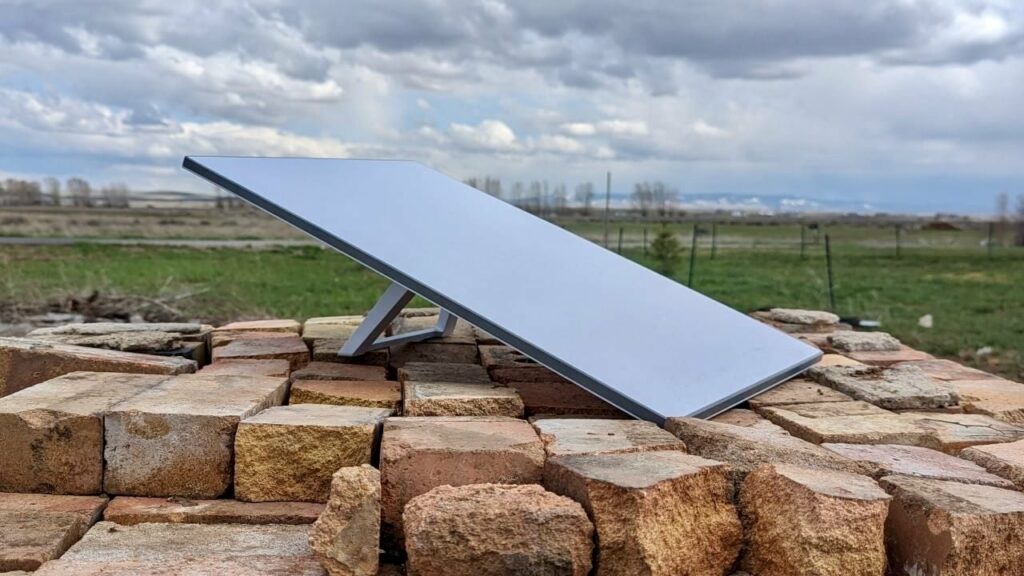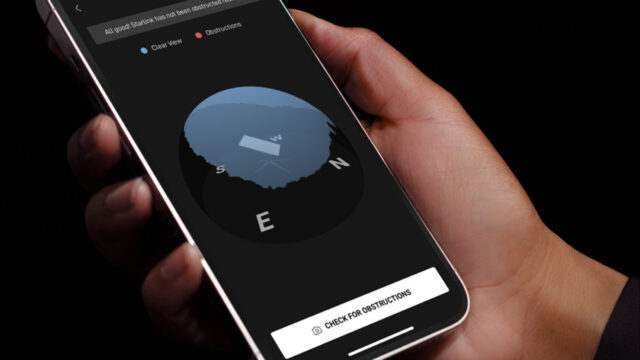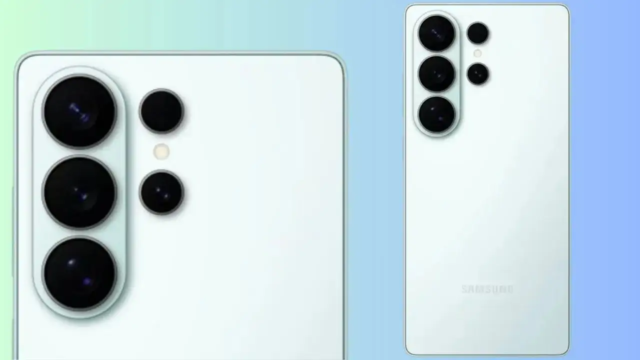Last month, T-Mobile CEO Mike Sievert had given the start date for satellite cellular internet testing with Starlink as late 2024 or early 2025, without specifying the reason for the delay, saying it could start late this year or early next year. CEO Sievert confirmed that the tests will not take place in the fall of this year, although he did not specify the reason for the delay. But this week, in a notice to the FCC (US Federal Communications Commission), NASA is seeking temporary authorization for Starlink cellular internet satellites.
NASA: Starlink’s 400 cellular internet satellites can operate for 60 days
SpaceX has requested permission to deploy cellular Starlink satellites for T-Mobile users between 340 and 360 km above the Earth. In 2022, however, NASA wanted to block the idea because it thought that an increase in Starlink satellites would pose a threat to sending crews to the International Space Station. However, NASA informed the FCC (US Federal Communications Commission) earlier this week that SpaceX can operate Starlink satellites in a 300-kilometer orbit below the International Space Station for 60 days for testing purposes.

Given the progress and continued positive collaboration between SpaceX and NASA, NASA supports the FCC action that will allow SpaceX to operate 400 satellites continuously, initially at 300 km off-orbit,” NASA said in a statement. This support reflects the ongoing collaboration between both parties to ensure safe and effective satellite operations. It is thought that NASA will grant the company Special Temporary Authority to lower the orbit of SpaceX’s 400 Starlink satellites to 300 kilometers.
With this 60-day temporary authorization, the company will be able to open its satellites for testing. NASA, on the other hand, is currently controlling the region with a visiting vehicle in a 300-kilometer orbit to ensure that Starlink satellites do not have problems. After the completion of the visiting vehicle study, NASA will coordinate any changes in the number of satellites it has approved in orbital diameters of 300 km the International Space Station said.
So, do you think Starlink will launch satellite cellular internet tests early? Please don’t forget to write your thoughts in the comments section below.














